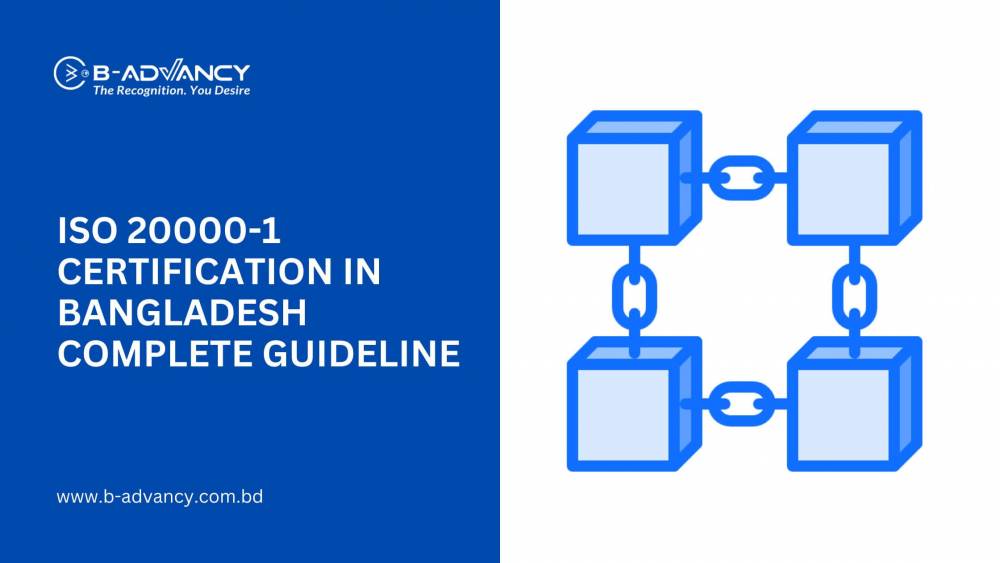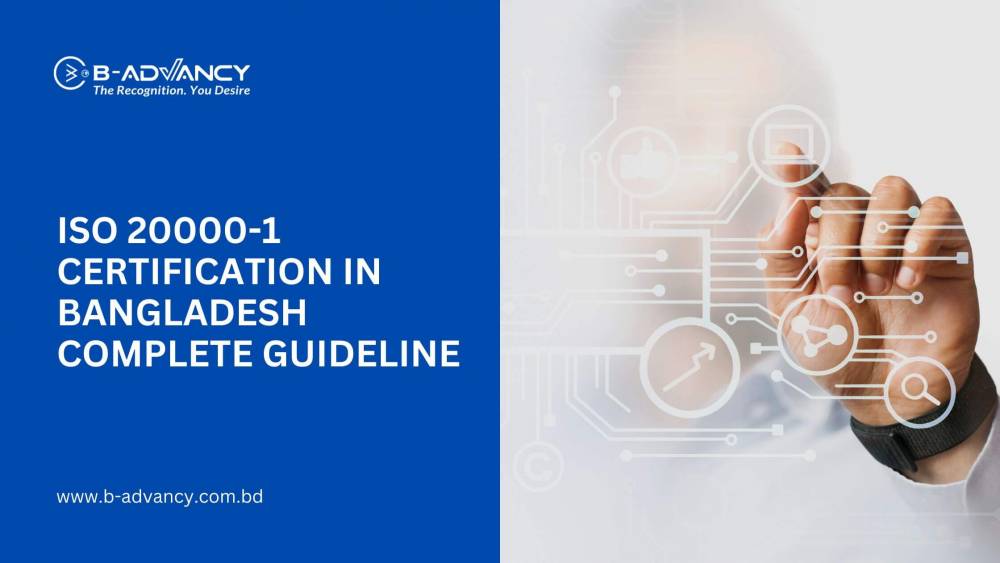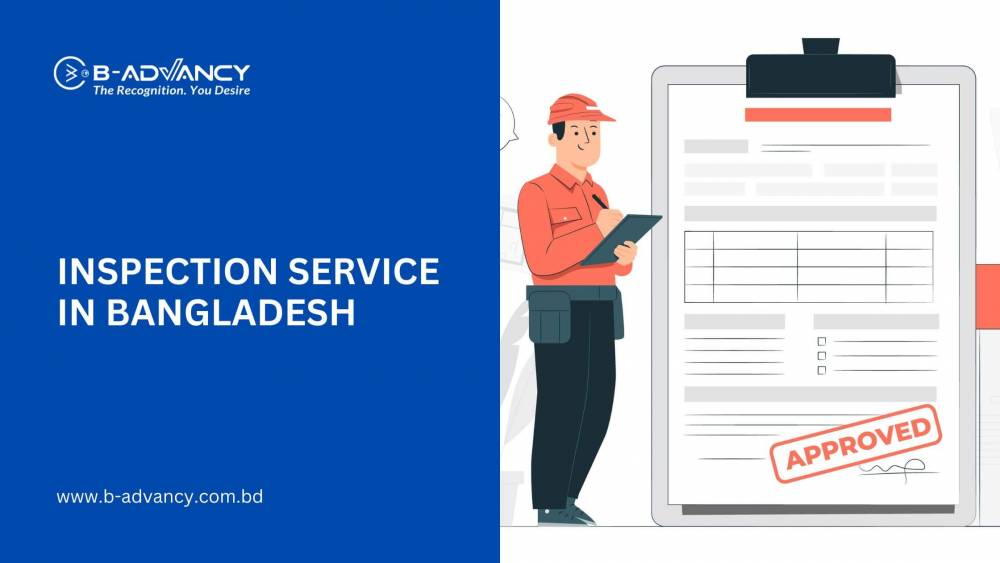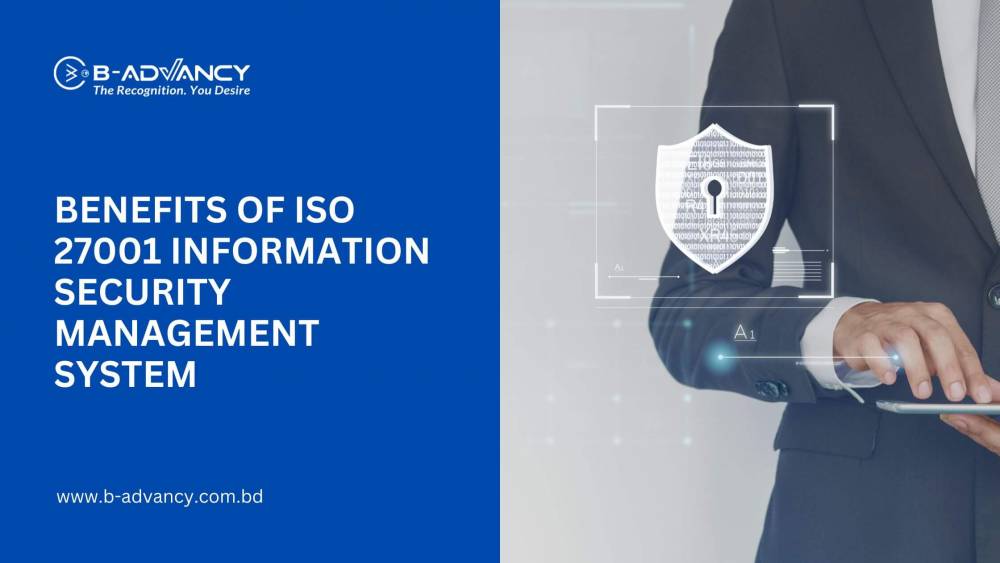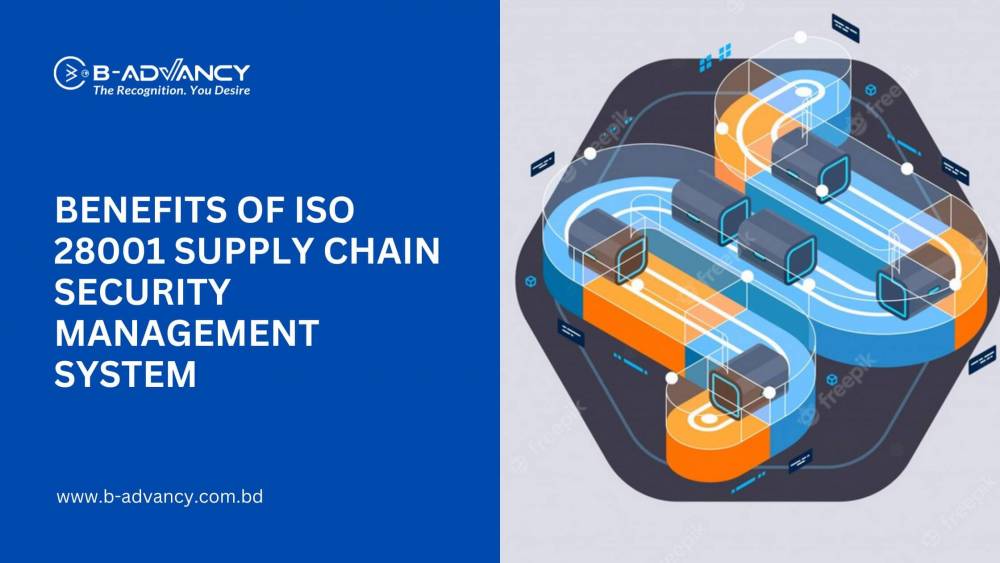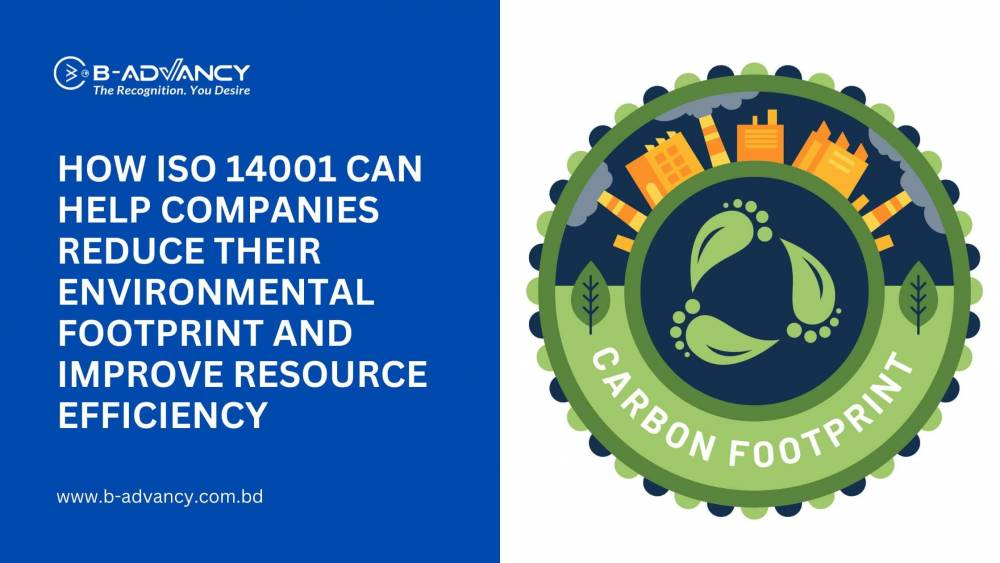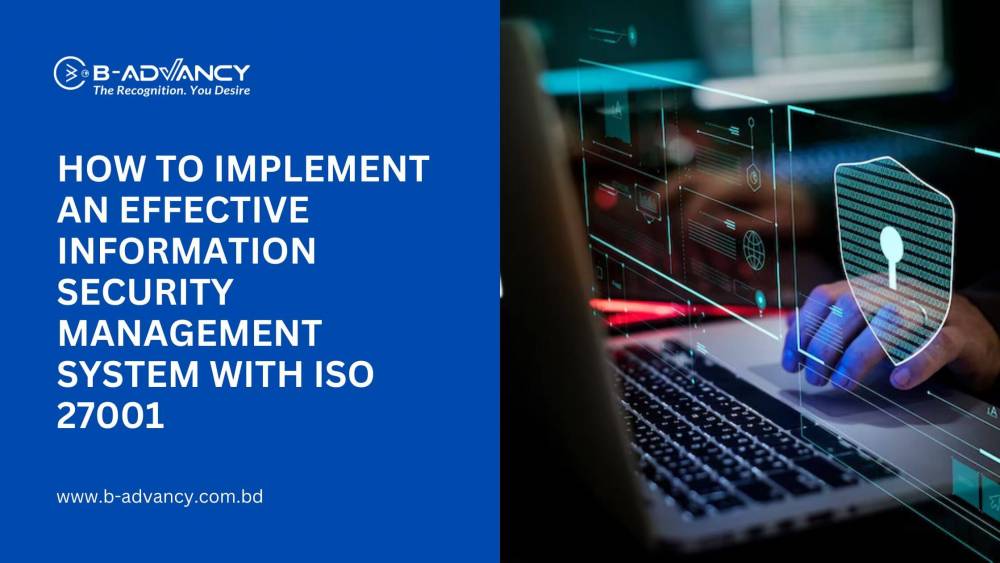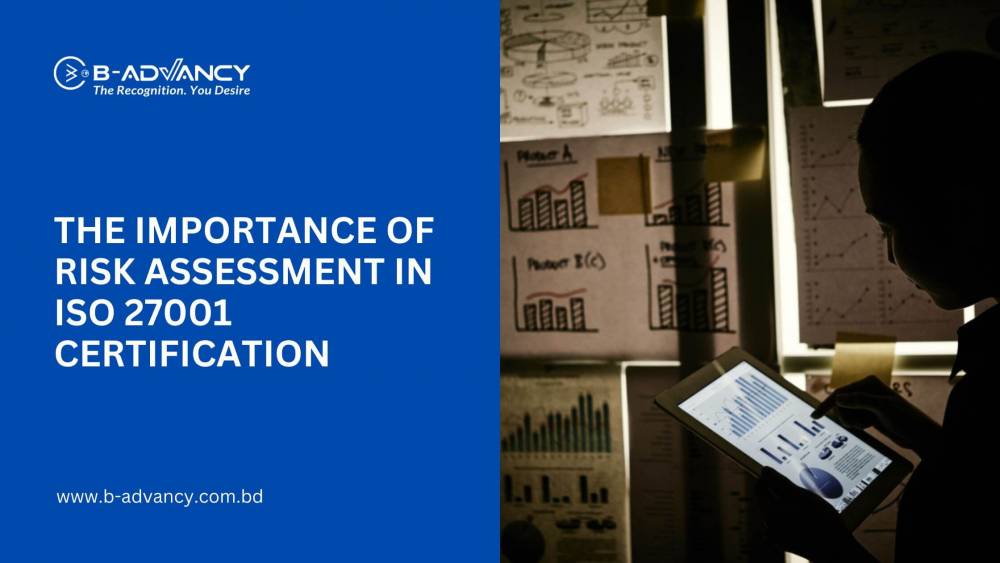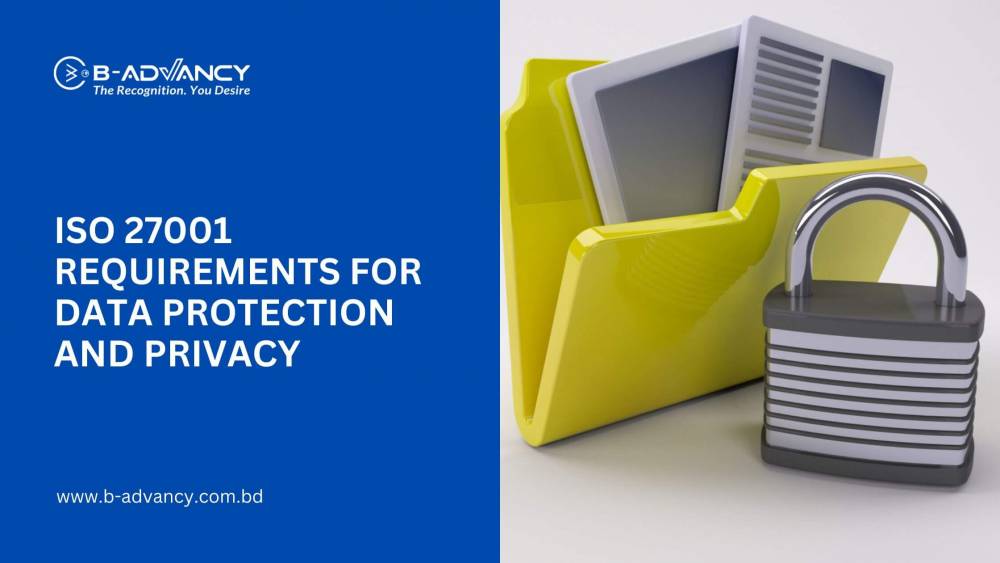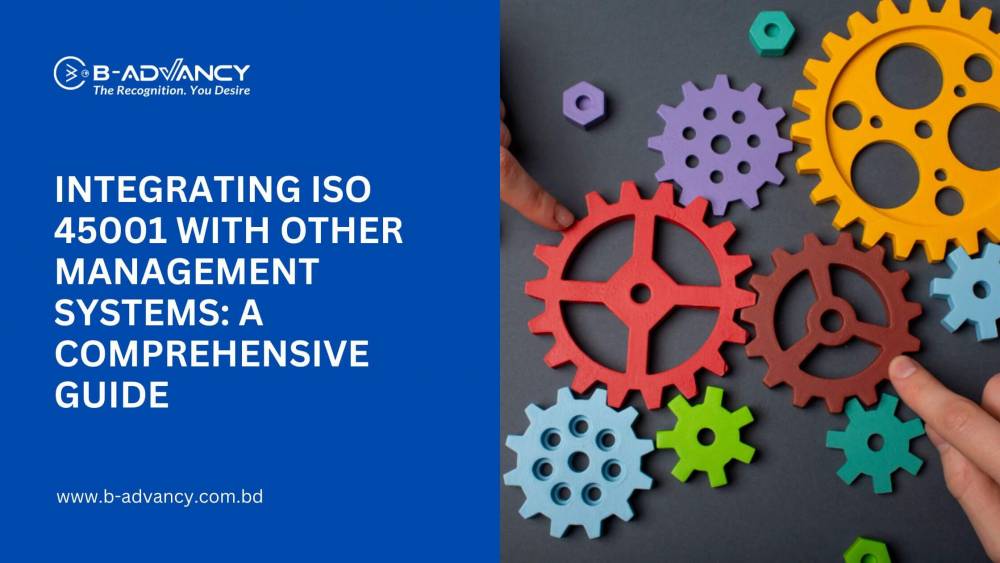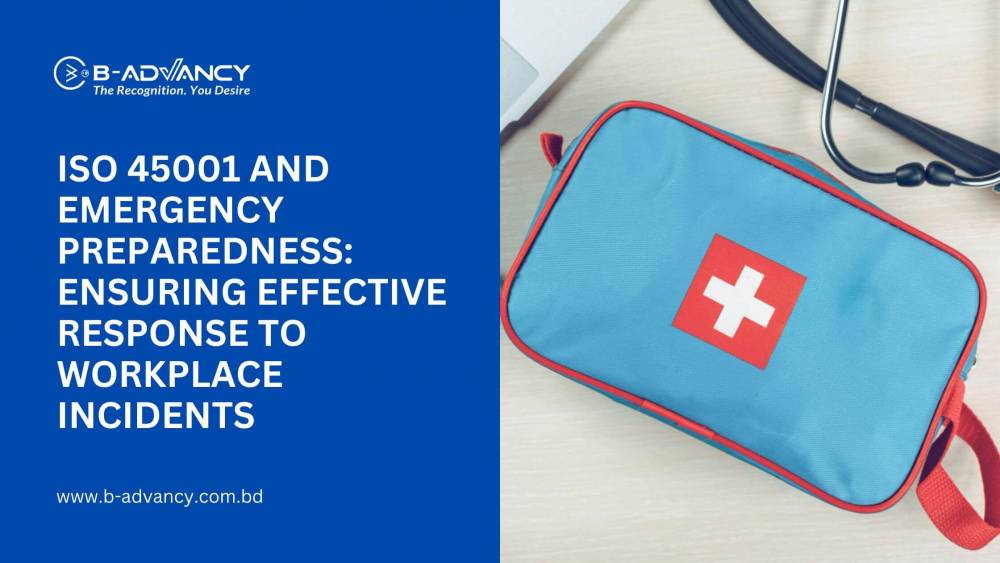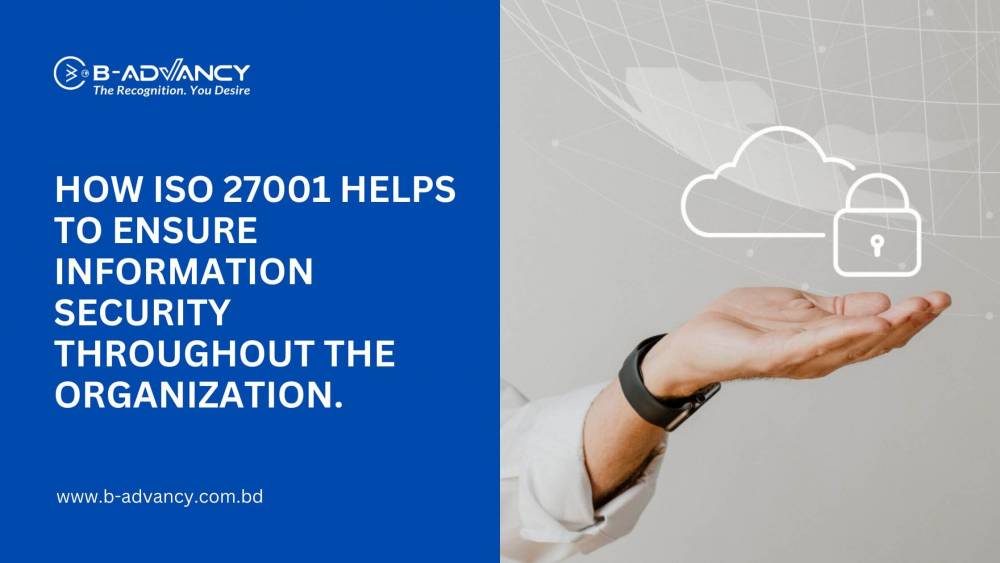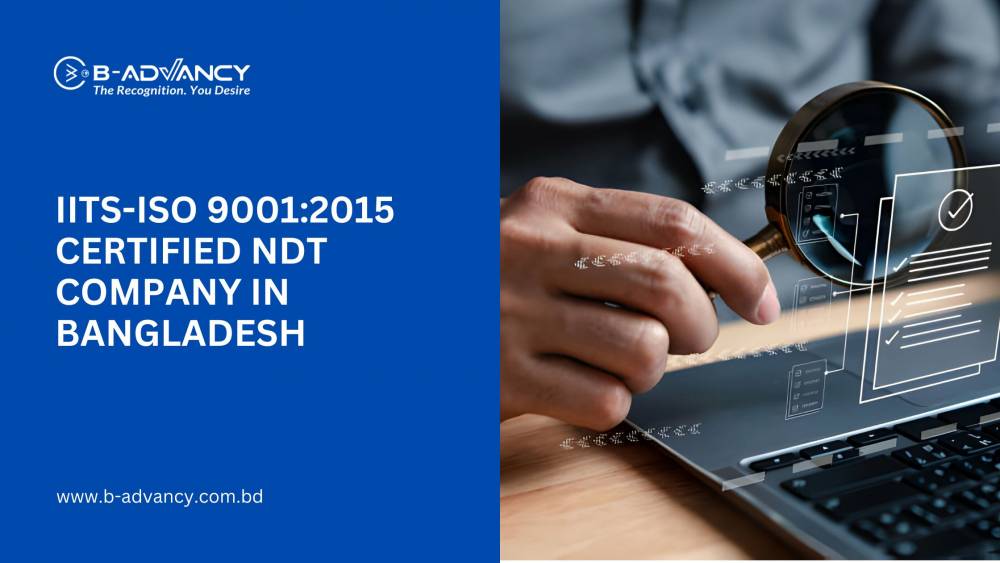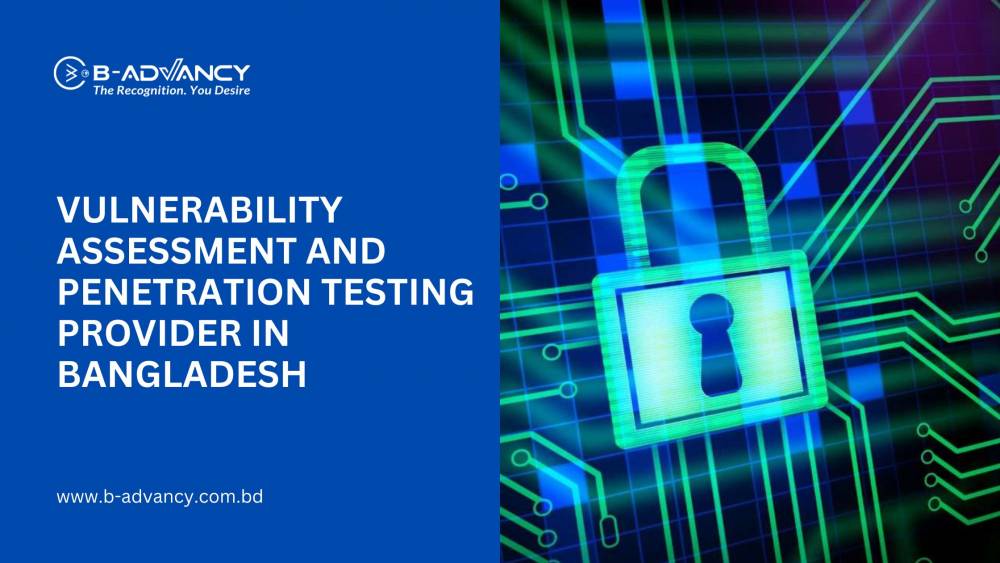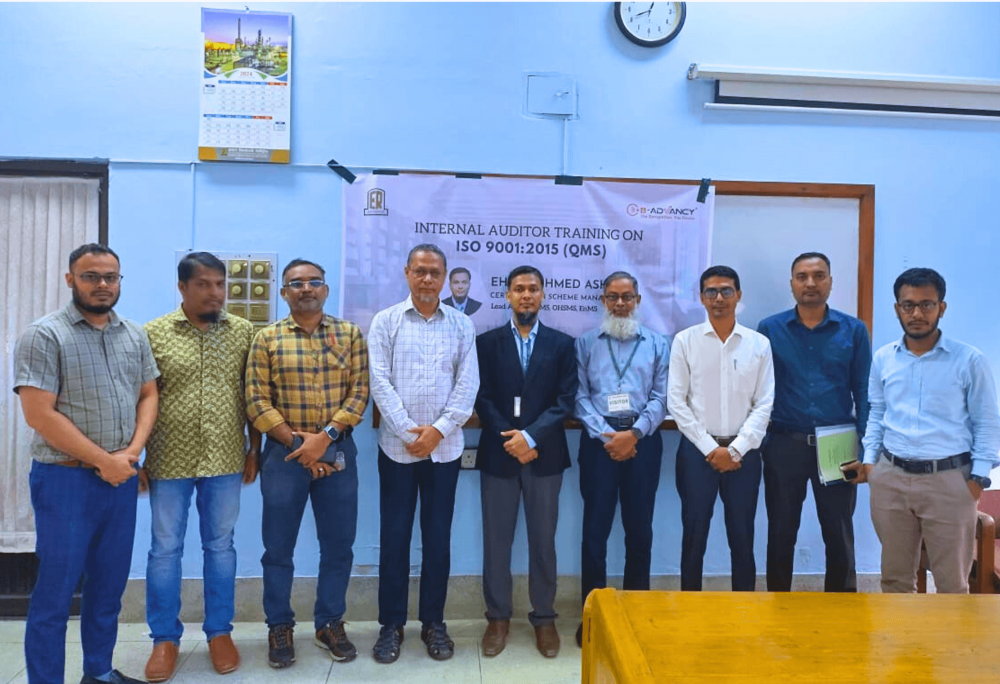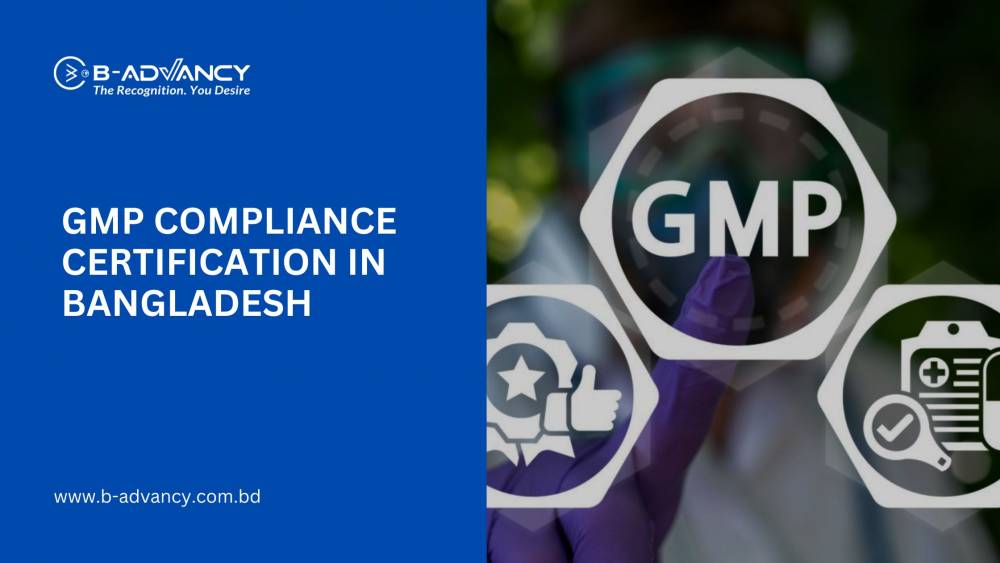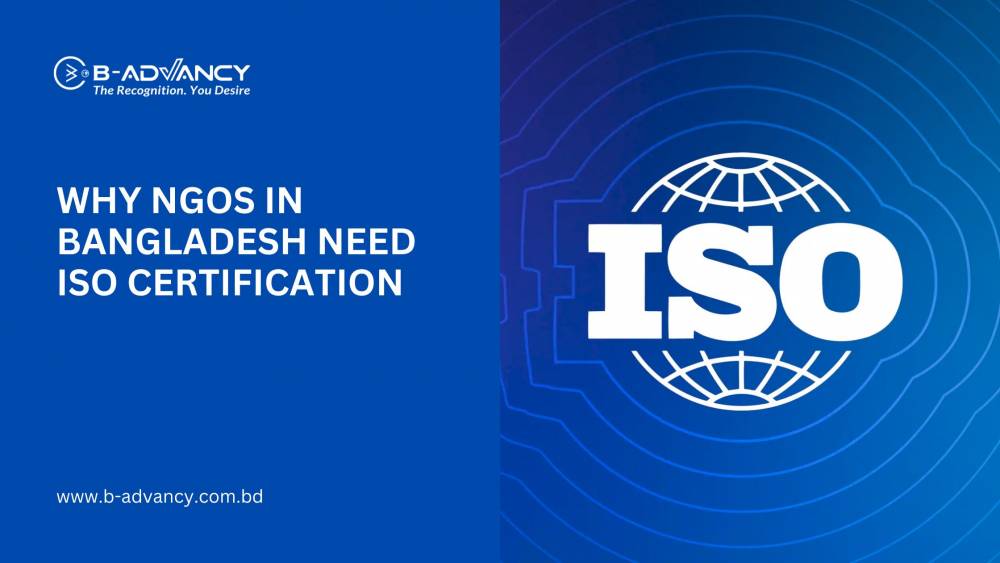Introduction
Safety management is a critical aspect of any workplace, and engaging employees in this process is essential for its success. ISO 45001 is an international standard for occupational health and safety management systems that provides a framework for organizations to create safe and healthy working conditions. In this blog, we will discuss the importance of employee participation in safety management, the role of ISO 45001 in promoting employee participation, and strategies for engaging employees in safety management.
What is Employee Participation in Safety Management?
Employee participation refers to involving employees in the safety management process by seeking their input, feedback, and suggestions. Employee participation is essential for creating a culture of safety and reducing workplace accidents and injuries. Studies have shown that workplaces with high levels of employee participation in safety management have lower rates of accidents and injuries.
According to the Occupational Safety and Health Administration (OSHA), worker participation is a key element of an effective safety and health management system. Engaging employees in safety management promotes ownership and accountability for safety in the workplace, which leads to a safer work environment for everyone.
ISO 45001 Standard and Employee Participation
ISO 45001 is an international standard for occupational health and safety management systems that provides a framework for organizations to create safe and healthy working conditions. The standard emphasizes the importance of employee participation in safety management and requires organizations to involve employees in the development, implementation, and improvement of their safety management system.
ISO 45001 specifies several requirements for employee participation, including:
➤ Establishing a process for employees to report safety hazards and incidents
➤ Providing employees with information and training on safety management
➤ Consulting with employees on safety issues and involving them in risk assessments
➤ Encouraging employee participation in safety committees and meetings
ISO 45001 also requires organizations to continuously monitor and review their safety management system to ensure its effectiveness and make improvements based on employee feedback.
Strategies for Engaging Employees in Safety Management:
To engage employees in safety management, organizations can use several strategies, including:
Communication and Training: Regularly communicate safety policies and procedures to employees and provide training on safety management.
Feedback and Suggestions: Encourage employees to report safety hazards and incidents and provide a mechanism for employees to provide feedback and suggestions on safety management.
Recognition and Rewards: Recognize and reward employees for their contributions to safety management.
Collaboration and Teamwork: Encourage teamwork and collaboration on safety issues by involving employees in safety committees and meetings.
Best Practices for Implementing Employee Participation in Safety Management:
To implement employee participation effectively, organizations can follow these best practices:
Leadership commitment and support: Leadership should be committed to safety management and demonstrate their support for employee participation.
Clear and effective communication: Communication should be clear and concise to ensure that employees understand safety policies and procedures.
Encouraging open and honest reporting: Employees should feel comfortable reporting safety hazards and incidents without fear of retaliation.
Regular review and continuous improvement: Organizations should continuously monitor and review their safety management system and make improvements based on employee feedback.
Case Study:
A manufacturing company implemented an employee participation program in their safety management system, which led to a 50% reduction in workplace accidents and injuries. The program involved regular safety training and communication with employees, feedback and suggestions mechanisms, and recognition and rewards for employee participation. The company also encouraged collaboration and teamwork on safety issues by involving employees in safety committees and meetings.
Conclusion
Employee participation is essential for creating a culture of safety in the workplace and reducing workplace accidents and injuries. ISO 45001 provides a framework for organizations to involve employees in safety management, and strategies such as communication, feedback and suggestions, recognition and rewards, and collaboration and teamwork can be used to engage employees effectively. By implementing employee participation in safety management, organizations can improve their safety culture and create a safer working environment for everyone.
















